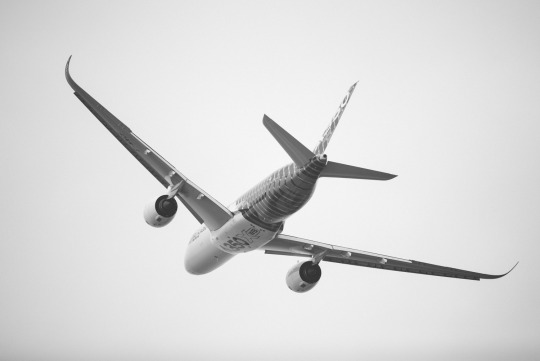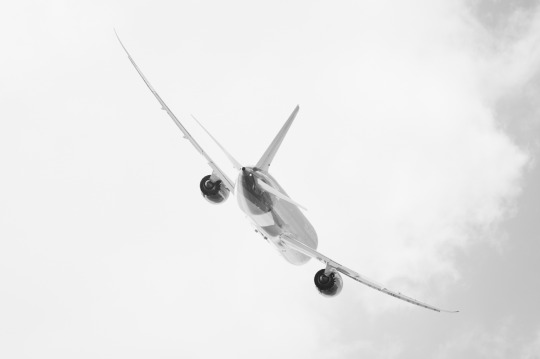#carbon fibers
INNOVATIVE USES OF COMPOSITES IN SPORT
Composite materials are a driving force in sports technology, as Ellis Davies found out.
The sports sector was one of the first to take up composite materials, and is a significant consumer of carbon fibre, accounting for 14% of industry consumption. Composites in Sport, an event presented by NetComposites, UK, heavily focused on presentations by various composite related professionals covering the technical aspect of recent developments in sports equipment.
Dr Paul Sherratt of the Sports Technology Institute at Loughborough University began the series of presentations, giving an overview of the 460-acre campus and its extensive range of sporting facilities. Sherratt posited that the reason for the high level of composites in sport is because of lower levels of regulation, quick concept-to-market turnaround, multiple niches and general enthusiasm from consumers.
Post link
Aluminum joints help make complex composite structures
Rock West Composites (RWC) has launched a new system of aircraft-grade, aluminum connector joints that make it possible to construct an extensive variety of structures made of prefabricated carbon fiber composite tubes and plates.
Structures made with Carbon Erector joints will be reportedly stronger and lighter in weight.
The initial Carbon Erector product line comprises a series of 24 different connector kits, which include connectors made of CNC-machined, aircraft-grade 6061-T6 black anodized aluminum and screws with 170,000 PSI tensile strength. The construction method is mechanical and requires no adhesives or bonding. The product line currently supports construction using 1 inch, 1.5 inch and 2.0 inch interior diameter round carbon fiber composite tubing of varying thicknesses and any plate thickness.
The joints are designed to facilitate an almost infinite number of connections on planes, intersections and corners. The kits will allow the rapid construction and reconfiguration of modular structures utilizing pre-manufactured and readily available carbon fiber composite tubing and plates. Rock West Composites is also able to design connectors for other tube sizes based on customers’ specific needs.
Post link
By Tomas Kellner
The Airbus A350 XWB and the Boeing 787-9 Dreamliner are currently perhaps the two most advanced passenger jets in the world.
They are both at the Paris Air Show, and they both carry GE technologies and materials. The GEnx engines that power the Dreamliner, for example, have fan blades and fan cases engineered from carbon fiber composites. The fixed trailing edge on the Airbus A350 XWB is made from a similar advanced material . In fact, more than a half of that jet’s body is made from composites.
“GE’s contribution to the structure of the A350 XWB plays a major role in the efficiency of the A350 wing fixed trailing edge,” says Mike Bausor, Airbus marketing director for the A350 XWB plane.“The [fixed trailing edge] is an integral part of the wing structure. Built predominantly from composite material, it is one of the most complex, highly loaded parts of the wing that requires utmost precision and mastery in the assembly process, as well as in the design and stress calculation.”
The fixed trailing edge makes the back part of the wing of the Airbus A350 XWB. Image credit: GE Reports/Adam Senatori.
Bausor says that composites are lighter than traditional aluminun alloys and also also extremely resistant. “But carbon fibre composite has other very valuable properties that bring major benefits to airlines,” he says. “This material does not corrode or fatigue. The maintenance tasks related to corrosion or fatigue on the airframe are therefore greatly reduced. The heavy maintenance interval can be extended to 12 years, versus 6 years for conventional airframes, significantly reducing maintenance cost and ensuring continued revenue generation for a much longer period.”
Both planes have been making afternoon flyovers at Paris Air Show this week. Photographer Adam Senatori captured some of the best moments.
Adam Senatori captured the A350 XWB (top) and the bird-like Boeing 787-9 Dreamliner (above) during flyovers at the Paris Air Show this week. Both planes feature GE materials and technologies. Image credits: GE Reports/Adam Senatori
The A350 XWB over Paris. Image credit: GE Reports/Adam Senatori
The Dreamliner in black & white. Image credit: GE Reports/Adam Senatori
A research team from the Georgia Institute of Technology and ExxonMobil has demonstrated a new carbon-based molecular sieve membrane that could dramatically reduce the energy required to separate a class of hydrocarbon molecules known as alkyl aromatics. The new material is based on polymer…













